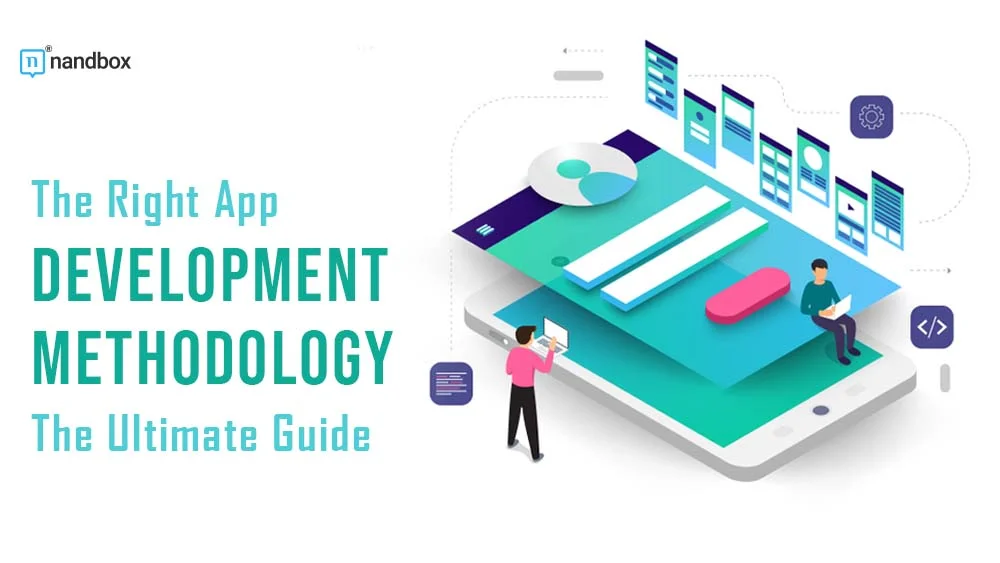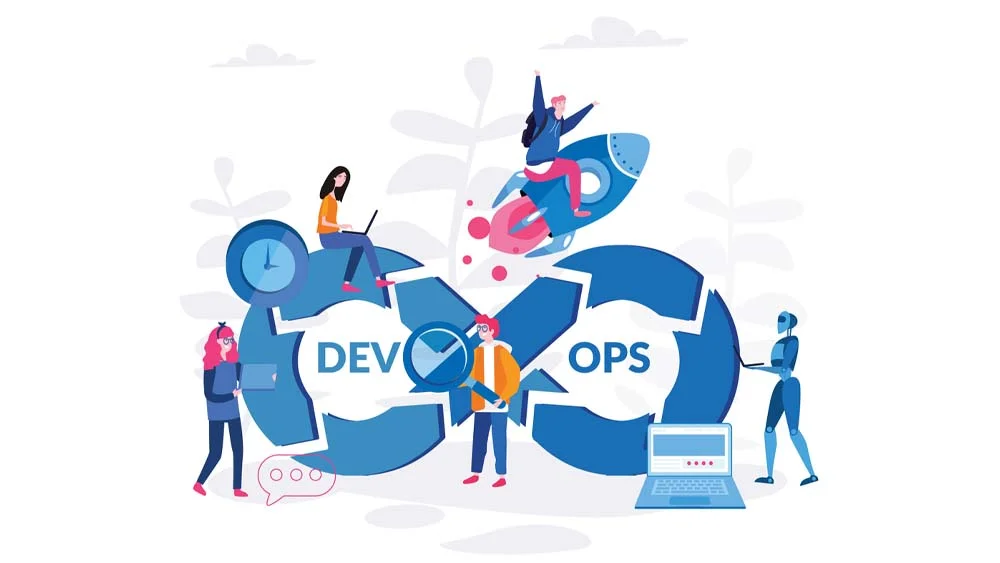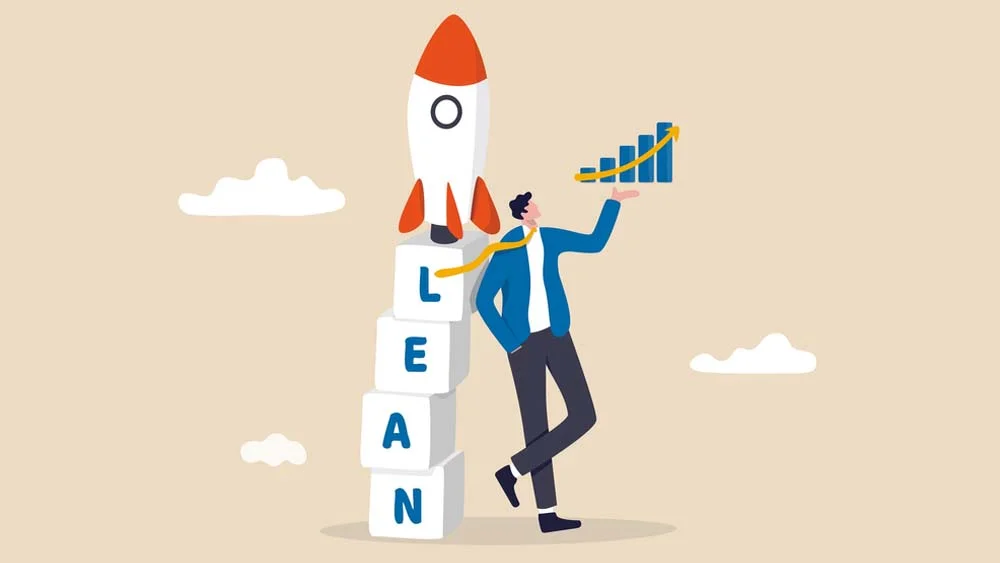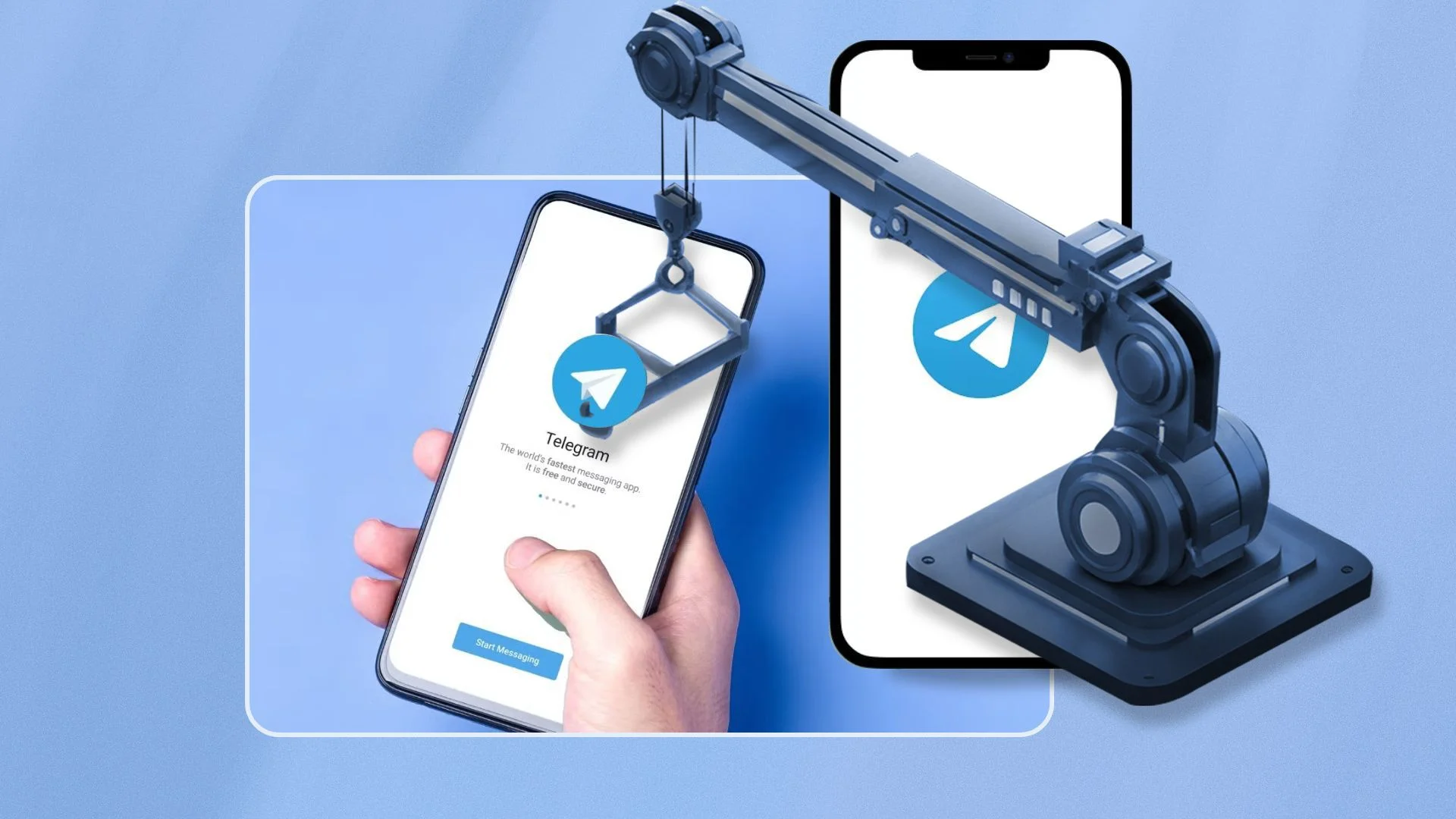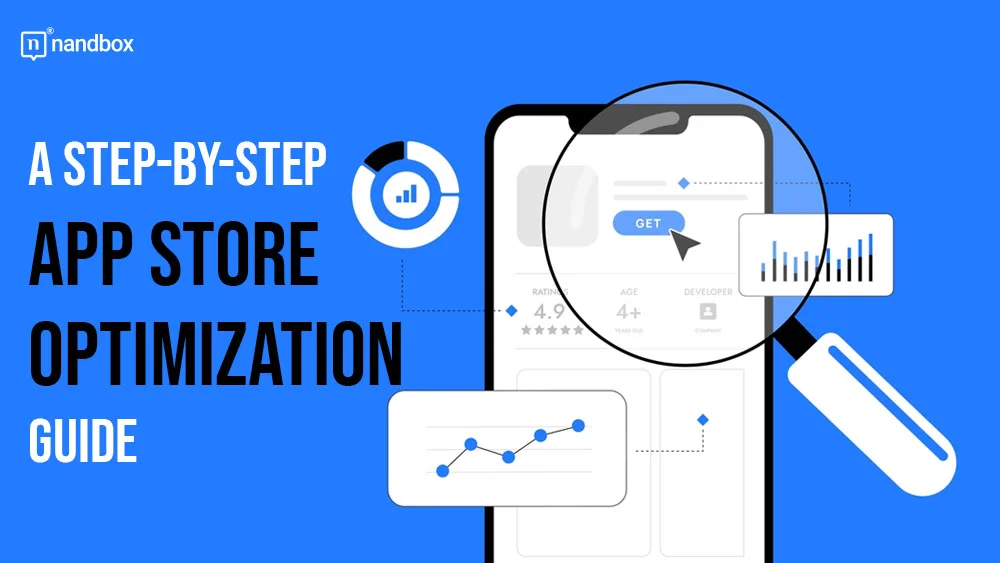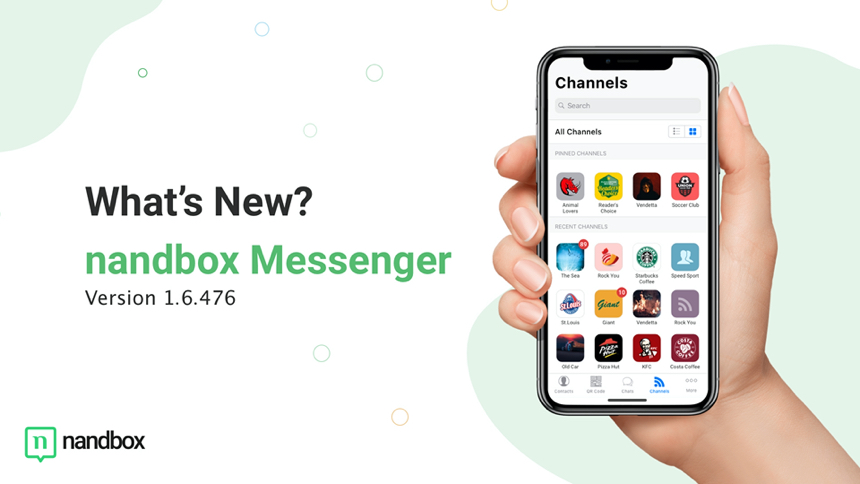App development methodology means choosing the right method for developing your app. You should do this in a thorough manner in order to make sure that you choose the method that best fits your app. The need for applications of the highest quality has seen a substantial uptick in demand. Application development, on the other hand, can be a difficult and time-consuming process that calls for a well-structured method to ensure success.
Application development compels developers to investigate numerous questions and find answers to them. What aspects of the project should you plan for in advance to ensure its success? Is it more advantageous to build a team internally, or would it be preferable to outsource the work? How much does it cost, and are there any ways that we can reduce these costs? This article will provide an overview of the app development methodologies that are most frequent, as well as their pros and cons, as well as guidance on how to choose the methodology that is most suited for your project.
What Is an App Development Methodology?
The term “app development methodologies” refers to frameworks that offer a methodical strategy for the process of developing mobile applications. These techniques guarantee that the end product has a high level of quality. Also, it satisfies the expectations of the users. Another thing it guarantees is the speed of product delivery and that it does not exceed the budget.
Simply put, methodologies for application development are the systematic approaches that people use in the process of planning, designing, developing, testing, and deploying software applications. These techniques provide a collection of principles and best practices that can assist teams working on software development in managing the complexity of the development process, all the while ensuring that the final result satisfies the requirements and expectations of the stakeholders.
App Development Methodology: Types in Details
There is more than one approach to the development of software applications, and each of these approaches has a unique set of advantages and disadvantages. Some of the most popular research techniques are as follows:
Waterfall App Development Methodology
This method helps carry out the development of software. Developers describe this as being linear and sequential. Using this method, each stage of the development process is finished before going on to the next stage. The phases typically consist of gathering the requirements, designing the system, developing the system, testing the system, and deploying the system.
According to some, the waterfall process adheres to the maxim “measure twice, cut once.” The amount and caliber of work done upfront, including the documentation of all features, variations, user stories, and user interfaces, is what determines how well the waterfall process works.
The majority of the research is completed upfront, allowing for more accurate time estimations for each requirement and, ultimately, a more predictable release date. It is more difficult to shift direction with a waterfall project than it is with agile methodology if parameters change along the way.
Benefits of Using the Waterfall Method for App Development
- The main advantage of the waterfall approach is that it is very straightforward, simple to understand, and simple to use.
- It is much simpler to decide on deliverables and control the rigor of the model because app development phases are processed and finished one at a time.
- It is not possible to go to the next phase of mobile app development without finishing the previous one, as was said in the previous pointer. This dispels any uncertainty about maintaining distinct stages and enhancing the review procedure.
- One may quickly estimate the cost breakdown and timeline for mobile app development using the waterfall methodology.
- Above all, this process for developing apps requires documentation, which makes it simpler to understand the logic of earlier projects and lay the groundwork for new ones.
Agile App Development Methodology
The iterative and quick application development strategy known as the agile methodology utilizes a more “time-boxed,” team-based, sprint action style. According to the leading businesses that specialize in mobile app development, this method places an emphasis on being lean and developing minimally viable products (MVPs) over a predetermined amount of time while simultaneously improving upon each individual iteration.
With a track record of anticipated features and needs, the numerous steps of the development cycle for mobile apps that must be taken into consideration can occur simultaneously. There are major characteristics of the agile development strategy. In summary, they are collaboration between members of a team, continuous improvement, consistent feedback, and the flexibility to adapt to changing circumstances. Agile development methodologies, including the implementation of retrospective meetings, encourage iterative progress through regular evaluations. Incorporating tools for sprint retrospectives greatly enhances the feedback process, facilitating continuous improvement and team collaboration. These tools enable teams to engage inclusively during stakeholders’ feedback, fostering a culture of learning and adapting that is crucial in agile frameworks.
Benefits of Using the Agile Method for App Development
There are various advantages to implementing the agile app development method in your application development strategy:
- This method focuses mainly on team communication efforts. It places an emphasis on regular communication and working together as a team, which helps to sustain the workflow and enables the delivery of an app that is focused on results.
- If you’re going to use this method, testing is your key to success. At the end of each stage, testing is required with this method. This helps you detect bugs in the early stages and maintain your app’s performance to achieve a good rate of user satisfaction.
- The app is sent to consumers significantly early, even before the official or final debut of the product. This is important in determining their reaction towards the app, and as a result, it decreases the odds of designing an app that nobody wants to try.
- The quick iterations of application development contribute to the increased adaptability of the process. You are able to simply add new features, delete existing ones, or update existing ones at any point in the development cycle. Sometimes even after the app has already been released into the market.
DevOps Methodology: An App Development Methodology
The terms development and operations are combined to produce the term “DevOps,” which refers to a cooperative or shared approach to the duties carried out by a company’s application production and IT operations teams.
DevOps is a mindset that, in its broadest sense, encourages improved communication and collaboration between these teams and other groups within a company. DevOps refers to the use of continuous software development, automation, and configurable infrastructure deployment and maintenance in its most limited sense.
The phrase also refers to cultural shifts like fostering cohesiveness and trust between developers and system administrators and coordinating technical initiatives with organizational needs. DevOps can alter the software delivery process, services, job duties, IT tools, and best practices.
Benefits of Using the DevOps Method for App Development
- A DevOps project progresses more quickly from the specification to live software since there are no wait times, manual processes, or drawn-out reviews. The final product will match the client’s expectations if cycle times are shortened and requirements don’t change.
- Between IT specialties, DevOps resolves issues with prioritization and communication. Development teams must comprehend the production environment and test their code under realistic circumstances in order to provide workable software.
- When a problem arises, developers in a DevOps culture do not use the “It worked on my machine” statement. The modifications introduced into production are minor and reversible. Additionally, everyone on the team is aware of the modifications, which makes incident management much simpler. PagerDuty alternatives are similarly effective in incidence management — incident response, in particular. Utilizing incident management software can streamline this process further, ensuring prompt and effective responses to any incidents that arise.
Lean Methodology: An App Development Effective Methodology
Adhering to the “lean software development” methodology, which places an emphasis on reducing waste and working more productively, can improve the process of developing an app’s software. On the other hand, the Agile software development methodology currently considers it an essential component of the process. Let us uncover the benefits of this methodology together and see how it can benefit your app development process.
Benefits of Using the Lean Methodology in App Development
The following are a few benefits of the lean software development method:
- Collaboration: Lean principles emphasize respect and learning to promote teamwork, information sharing, and the avoidance of bottlenecks. Teams have the freedom to decide for themselves and collaborate during the decision-making process.
- Constant development: The modern software development method is lean methodology. The workflow includes regular consumer input and ongoing communication. Kaizen, or continual improvement, is possible throughout the entire business.
- Efficiency: Companies are struggling to keep up with the rapid growth in demand for software and offer apps. The Lean methodology reduces waste, produces software quickly, and lowers costs for development companies.
- Flexibility: The Lean methodology prioritizes speed in the software development lifecycle while also incorporating flexibility. It allows for flexibility and allows product developers to make changes depending on ongoing customer feedback.
- Quality: As a result of Lean’s effectiveness, continuous improvement, flexibility, and collaboration, product quality and customer happiness are offered in a better way.
Rapid Application Development (Rad) Methodology
The Rapid Application Development (RAD) model is an example of an agile methodology that places an emphasis on the development of prototypes and ongoing iterations based on input from users. It gives you the ability to implement changes determined by usage rather than adhering to a strict development plan. Here are some of the benefits it offers:
Benefits of Using the Rapid Application Development (Rad) Methodology
The RAD methodology has several significant benefits for the development process:
- As developers may adjust to necessary modifications and include new functionality and features throughout the construction process, it gives them enhanced flexibility.
- Your delivery process can be greatly simplified by making quick iterations that reduce timeframes.
- It depends on customer participation to meet the needs of all stakeholders, including customers, users, and developers.
- Due to the fact that developers repair code vulnerabilities before the official release, it provides better risk management solutions.
- Shorter testing times derive from the ability to perform integrations early on and reuse code at any moment.
- It can complete quick evaluations, increasing production while using fewer workers.
Feature-Driven App Development Methodology
When it comes to huge teams that employ object-oriented technology, the best system or method to adopt is called feature-driven development (FDD). It is a form of iterative process that enables different teams to work concurrently on the same project at the same time. Everything you see here is based on advancing industry standards with the most recent advancements that have been proven effective.
Benefits of Using the Feature-Driven App Development Methodology
- Gives the team a thorough understanding of the nature and context of the project.
- Require fewer team meetings. There are too many meetings, which is one of the typical criticisms of Agile. Scrum uses daily meetings for communication. FDD communicates through written material. This saves a lot of time for collaborations.
- Employs a user-centric strategy. In Scrum you can find the product manager in the end. The client is the end-user when using FDD.
- This method fits well with extensive, continuous, or long-term initiatives.
- This process is incredibly scalable and may expand as the project and your business both grow. It is easier for new team members or employees to get up to speed on the project very quickly. That is thanks to the five clearly defined steps.
- Breaks down feature sets into smaller pieces. Also, it conducts frequent iterative releases, which lowers risk, makes it simpler to identify and solve code problems, and enables you to respond quickly to the demands of your clients.
Which Methodology Should You Use for Your App Development Process?
Which method is the best and ultimate choice, then? Unfortunately, there is no universally applicable response. The project’s size and complexity, the team’s expertise and skill set, the project’s timetable, and the demands of the stakeholders will all influence the approach chosen.
For instance, the waterfall methodology may be a wise choice if the project has clear requirements and a set schedule. An agile technique, on the other hand, might be more suitable if the project involves a high level of uncertainty. Maybe it even calls for regular input and engagement with stakeholders.
You should choose the method that best meets the needs of the project and the team at the end. Getting advice from seasoned software developers or project managers may be beneficial when deciding which technique is best for a particular project. To get the greatest results, it’s also critical to maintain flexibility. You should be willing to modify the methodology as necessary throughout the development process.
Wrapping It Up!
This guide has everything you need to develop a great app development project management plan. Most importantly, a lot of people have great ideas and a great way of developing great management plans. However, they lack the knowledge of how to develop an application without hassle. That is why we come to you with a very effective, no-code solution.
nandbox is the only current native no-code app builder on the market. Our app builder can help you develop native apps in no time. Worry not about the hassles that come along with developers and IT teams. You won’t need all of that to build or create an app with us. All you have to do is sign up, choose a pre-made template, customize it to your preference, et voilà! You have a seamless app for your business.
Sign up now for nandbox’s native no-code app builder. Furthermore, we will help you empower your business with a great app and introduce you to our no-code community. With nandbox, you will enjoy a creative experience in app development at a fraction of the cost!
